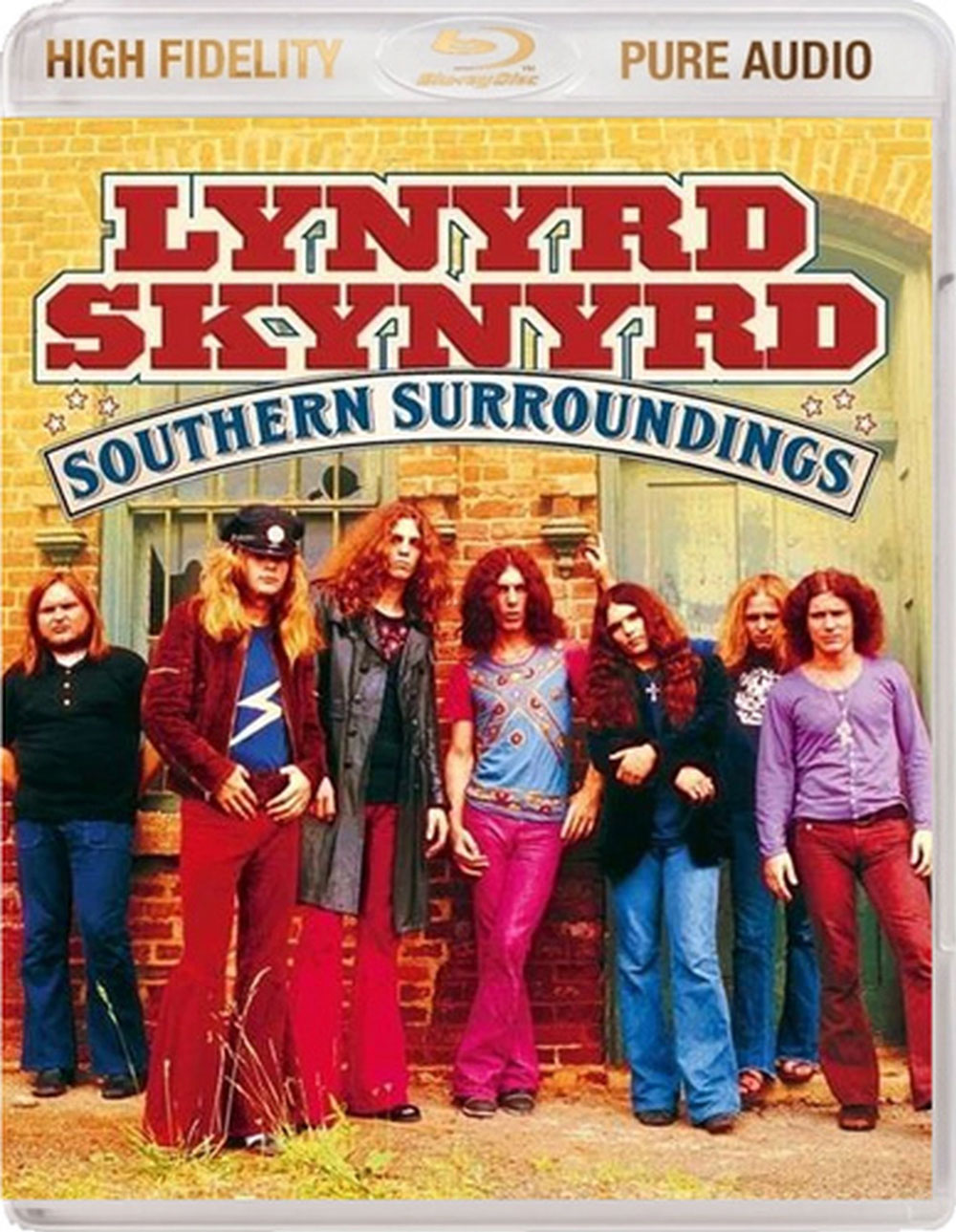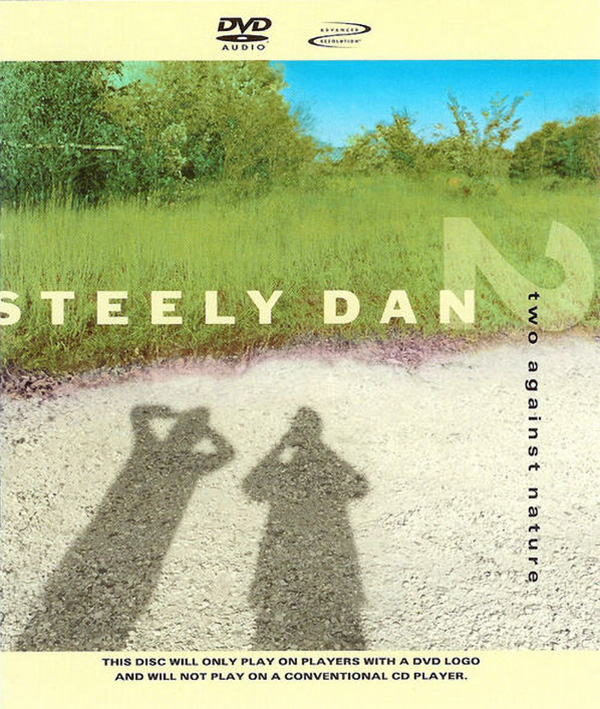Talking Heads, Stop Making Sense, Sire-Warner Bros., CD, 1984.
It’s 1984, and we are having a great summer. I get my first car with a CD player and a good stereo in it. Talking Heads had released the CD of their wonderful live concert “Stop Making Sense.” From the opening track “Psycho Killer,” this is an air-drumming delight of amazing music and excellent sound quality. One event that happened while rocking out in my car to “Life During Wartime” was getting a speeding ticket for doing 76 in a 55 zone on Interstate 79 between Pittsburgh and Erie, Pa. There was a lesson: USE THE CRUISE CONTROL WHEN LISTENING TO THIS DISC.
David Byrne’s vocals are crystal clear. The band is in its element. What really makes this collection great is hard to define. You just feel elated and bummed simultaneously when “Take Me To The River” fades out and you realize the performance is over. It is almost 38 years later, and this is still a favorite when it’s time to jam. This disc is SO good that it will be featured listening on a pair of speakers I am reviewing for Secrets. Some things never grow old. Stop Making Sense is one of those things
Secrets Sponsor
Reel-to-Reel Tape – 15 IPS – NAB EQ – Schubert Impromptus, Opus 90 – Franz Schubert – Winston Choi: Piano – International Phonograph, Inc. – 2017
There are five tracks on this excellent RTR tape, recorded by IPI in 2017. I am lucky enough to have it as a direct copy of the master tape. This is $250 compared to the $150 price for a copy of the copy version. The only difference that I have found with direct copies is a slight improvement in very low-level detail. This is most noticeable when using headphones. I like the addition of that detail when I can get it. Old master tapes are not available as direct copies because they are so fragile.
Franz Schubert (1797 – 1828) was a contemporary of Frédéric Chopin (1810 – 1849) and just a bit more modern than Wolfgang Mozart (1756 – 1791). All three of them were members of the Classical Period (1750 – 1830), with Chopin extending into the Romantic Period (1830 – 1900).
Schubert’s Impromptus have a lot of bass notes along with the melody in the treble range. A good test for your speakers and subwoofer if you have one. It will tell you if you have the sub turned up too loud.
Impromptu No. 1 is particularly notable for the deep notes. Impromptu No. 2 has such a lively melody, it is hard to pay attention to the bass. This is quite a challenge for the right hand, but Choi does a fantastic job.
Impromptu No. 3 will be very familiar to those of you who are classical music aficionados. The melody is beautiful, and this is probably why it is in so many Schubert recordings.
Impromptu No. 4 is also recognizable, but not as much. However, that does not take away from Schubert’s genius.
The piano is recorded with very good stereo effect, not like some recordings that sound mono because the microphones were too close together. Excellent detail too.
This tape is a very nice one to have in your classical tape library. It sure suits mine.
Lynyrd Skynyrd, Southern Surroundings, Geffen, 24/96 5.1 channel, Blu-Ray, 2015.
I’ve been doing a little bit of multi-channel music listening this month and this particular disc was one I had been curious about for a good bit. While not a new release I took a chance on “Southern Surroundings” for two reasons. First the band, I love Lynyrd Skynyrd’s music. It’s always been honest, enjoyable, and relatable stuff for me. Between Ronnie Van Zant’s characteristically expressive vocals and the triple guitars that always had just best-sounding hooks, it’s hard not to like this quintessential southern rock band (especially in the original lineups featured here). And second, was the fact that the surround mixes were done by Elliot Scheiner with mastering by Bob Ludwig. With that knowledge, I expected the sonic results on this disc to be decent but I wasn’t expecting miracles. Lynyrd Skynyrd’s albums have always been great stuff to listen to but the sonics have never been what you’d call pristine or detailed, even after subsequent remasters. Well, the mixing on this audio Blu-ray disc really impressed me. Clarity was much improved overall with each track sounding better and more detailed in surround than I’d ever previously heard. The layering of the three guitars coming from both the front and surround channels was excellent and I was able to make each guitar part out more clearly than ever before. But beyond those little new nuggets of detail that I was hearing in each song for the first time, the mixing was done well enough that I felt like I was very much, in the studio with the band. It didn’t sound like an artificial or contrived sound field. I especially appreciated that natural sense of envelopment with my two favorite tracks on this compilation, “The Ballad of Curtis Loew” and of course “Free Bird.” It was truly something else!
Secrets Sponsor
The more I get to experience good multi-channel recordings the more I become convinced that the biggest benefit of high-resolution music is in its application for the delivery of multi-channel audio. There just isn’t enough of an impact when going from 16/44 to 24/96 (or even 24/192) in stereo as there is going from CD-Quality stereo to 24/96 in 5.1 surround. The fact that it can transform classic music like this, when done well, is all the proof anyone needs. If you are a Lynyrd Skynyrd fan and you have a decent home theater setup, you owe it to yourself to seek out “Southern Surroundings” in Blu-Ray audio.
Steely Dan, Two Against Nature, Giant, 24/96 5.1 channel, DVD-Audio, 2000.
Yes, you read that right. Not only a disk but a DVD-Audio disk? Wait, what year is this again?! The truth of the matter is that I had not until recently, realized that Steely Dan’s superb “return-from-hiatus” album had been available when originally released in a multi-channel surround mix version on this now essentially defunct audio format. Thank the gods that I have a couple of working OPPO disk players that can access the 24-bit/96kHz 5.1 channel mix of this fine album whose stereo CD version I regularly use to demo speakers. I hunted down a still sealed copy of this specific release via the miracle of the interwebs and couldn’t wait to load it up and take a listen after it arrived. In typical Steely Dan fashion, the surround mix is clear, articulate, and immersive. In a word, outstanding. Like the stereo release, only better. The fact that the title track actually starts from behind me and builds and pans forward to eventually include the front speakers is a nice creative touch. “Cousin Dupree” is another favorite song with a nice deep bassline and great lead guitar hooks, both courtesy of the late Walter Becker. If you have a really good surround system, this disk is the perfect way to show it off in a most sophisticated and sublime way. It will exercise every channel thoroughly so it will be good material to gauge if your center speaker and surrounds can keep up tonally and dynamically with your main speakers.
Frank Zappa was said to have described Steely Dan’s music as “Downer Surrealism.” I’ve always liked that categorization and at the same time found it humorous. I don’t know of anyone that could have made something as bizarre as “Downer Surrealism” sound so stylish and sophisticated but here we are. I hope Two Against Nature gets re-released on multi-channel SACD or gets on the multi-channel streaming catalogs for more people to experience. It’s well worth it.






